Your iPhone Won\'t Connect to Your Computer? Here\'s the Fix!
Whether iTunes or your computer won't recognize your iPhone or iPad, or you're getting the "0xE" or "unknown" error, our troubleshooting tips right ahead will help you resolve the issue.
1. Trust This Computer When Prompted
Connecting your iPhone to a computer for the first time produces a "Trust This Computer" security prompt. To authorize this action, choose Trust on the iPhone.
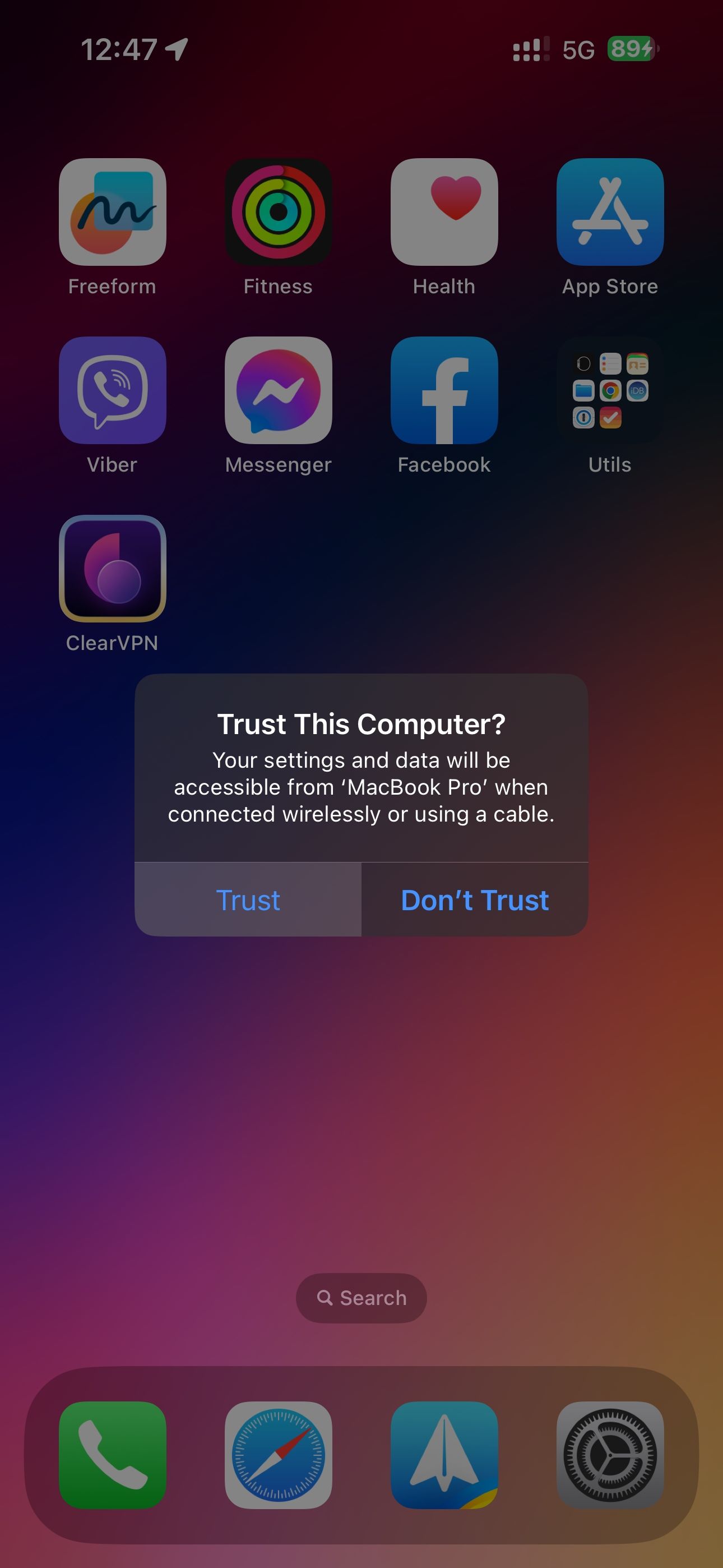
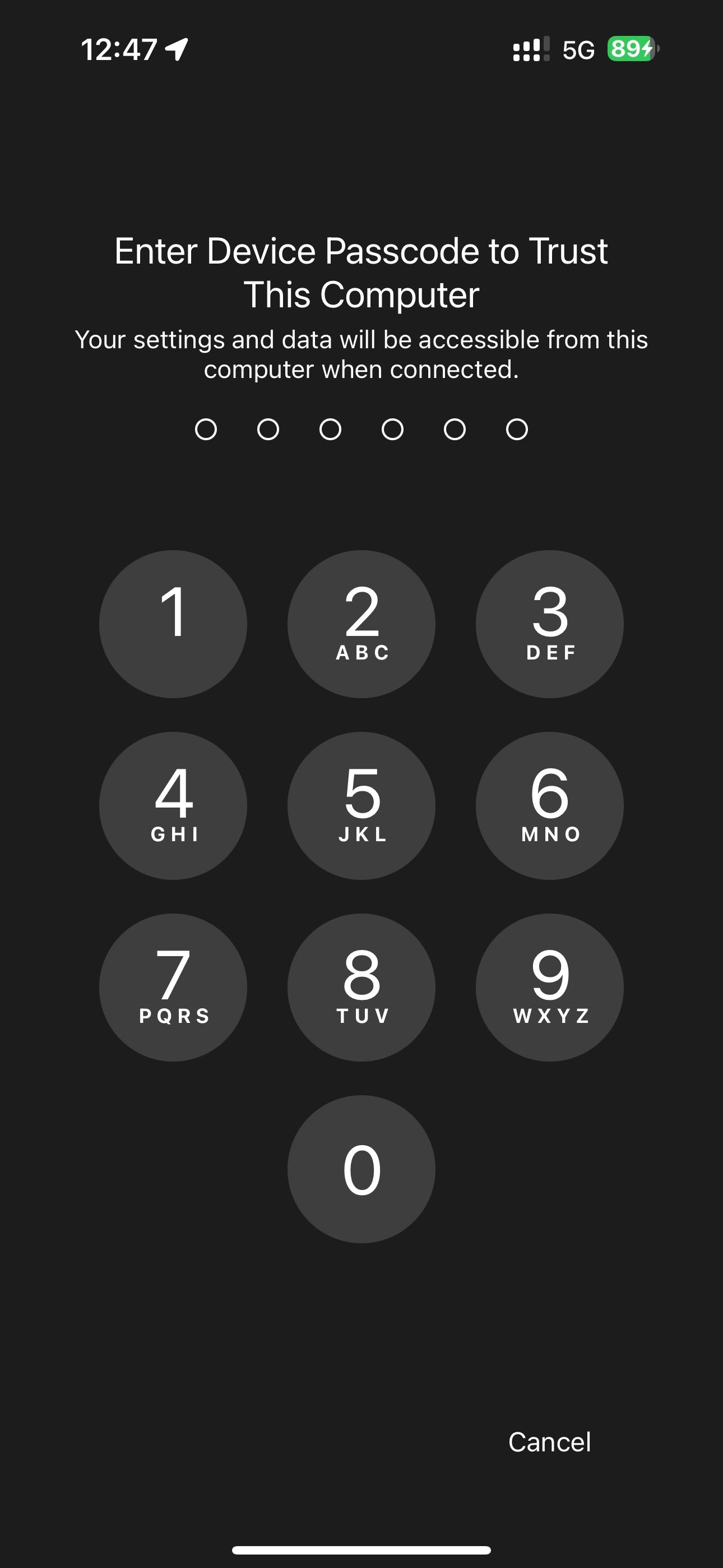
Doing so will allow iOS to permit the trusted computer to sync and access data on your iPhone. If you missed the prompt, unplug your iPhone and plug it back again.
2. Check the Lightning Cable
A broken or frayed Lightning cable can lead to connection issues and result in the iPhone refusing to connect to the computer. Confirm that the iPhone charges when plugged into your computer or a different source, like a wall outlet. If it doesn't, it's definitely the cable's fault.
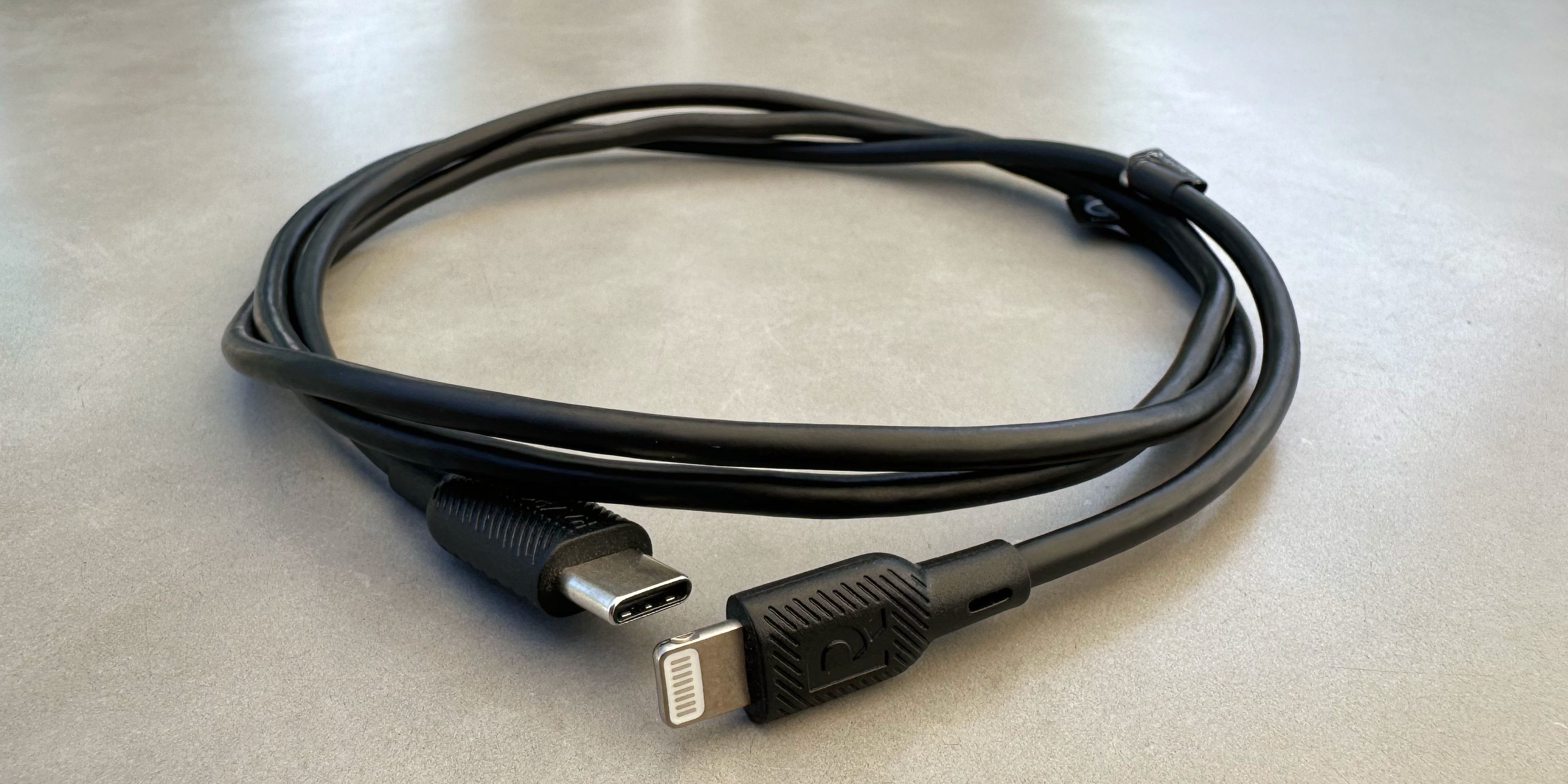
In that case, try switching to a new cable, like an MFi-certified Lightning cable, or borrow a cable from your friend to see if yours is bad.
3. Check the Lightning Port for Dirt
Dust and lint accumulating inside the iPhone's charging port over time can block electrical signals. Use a toothpick or the SIM ejector tool that came with your iPhone to remove any dirt from the Lightning port, which should fix the "This Accessory May Not Be Supported" error.
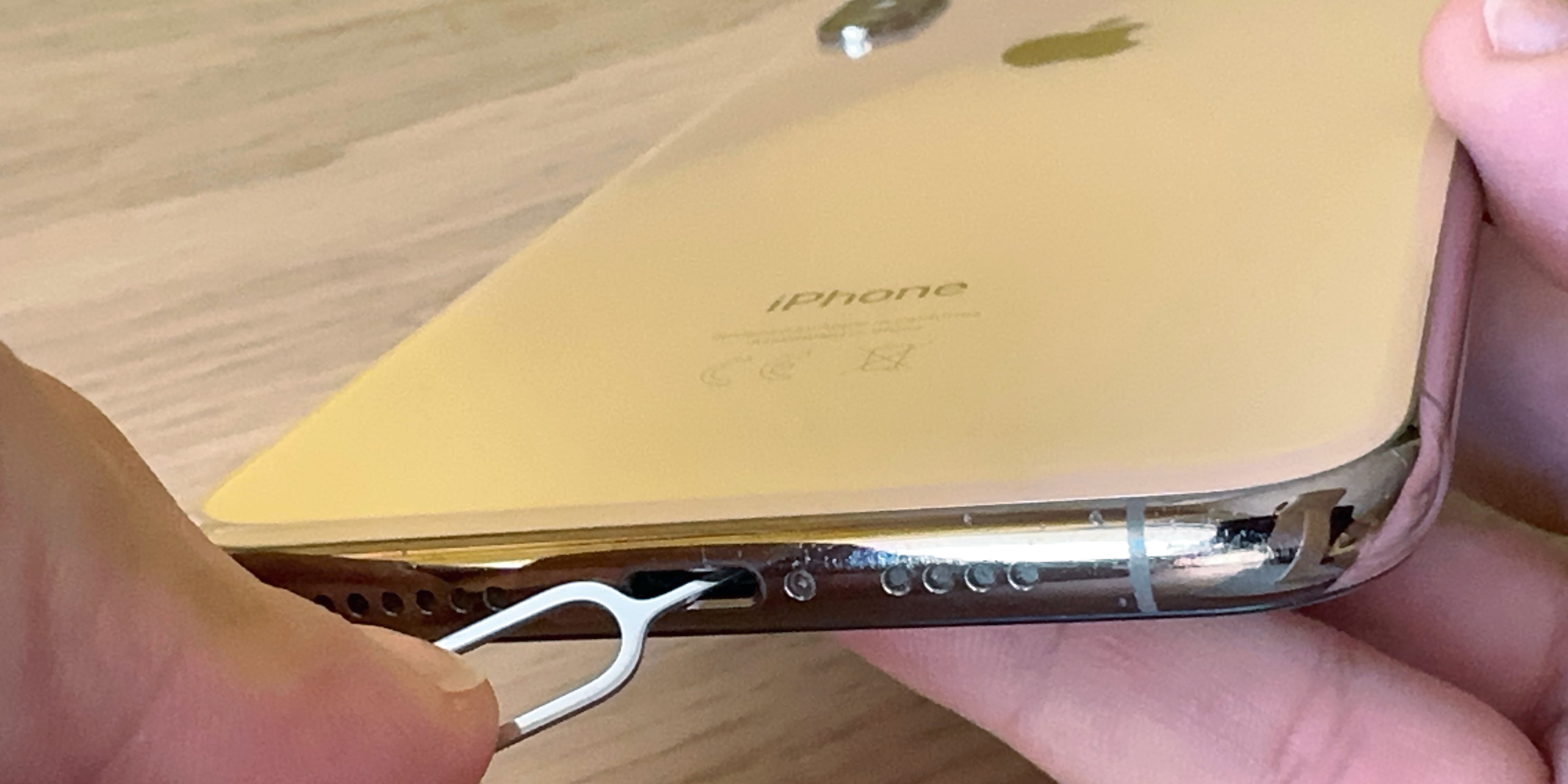
4. Try a Different USB Port
If it's not the cable, it might be the port. Try connecting your iPhone using a different USB-A or USB-C port with a cable you know works to see if your computer has a faulty port.
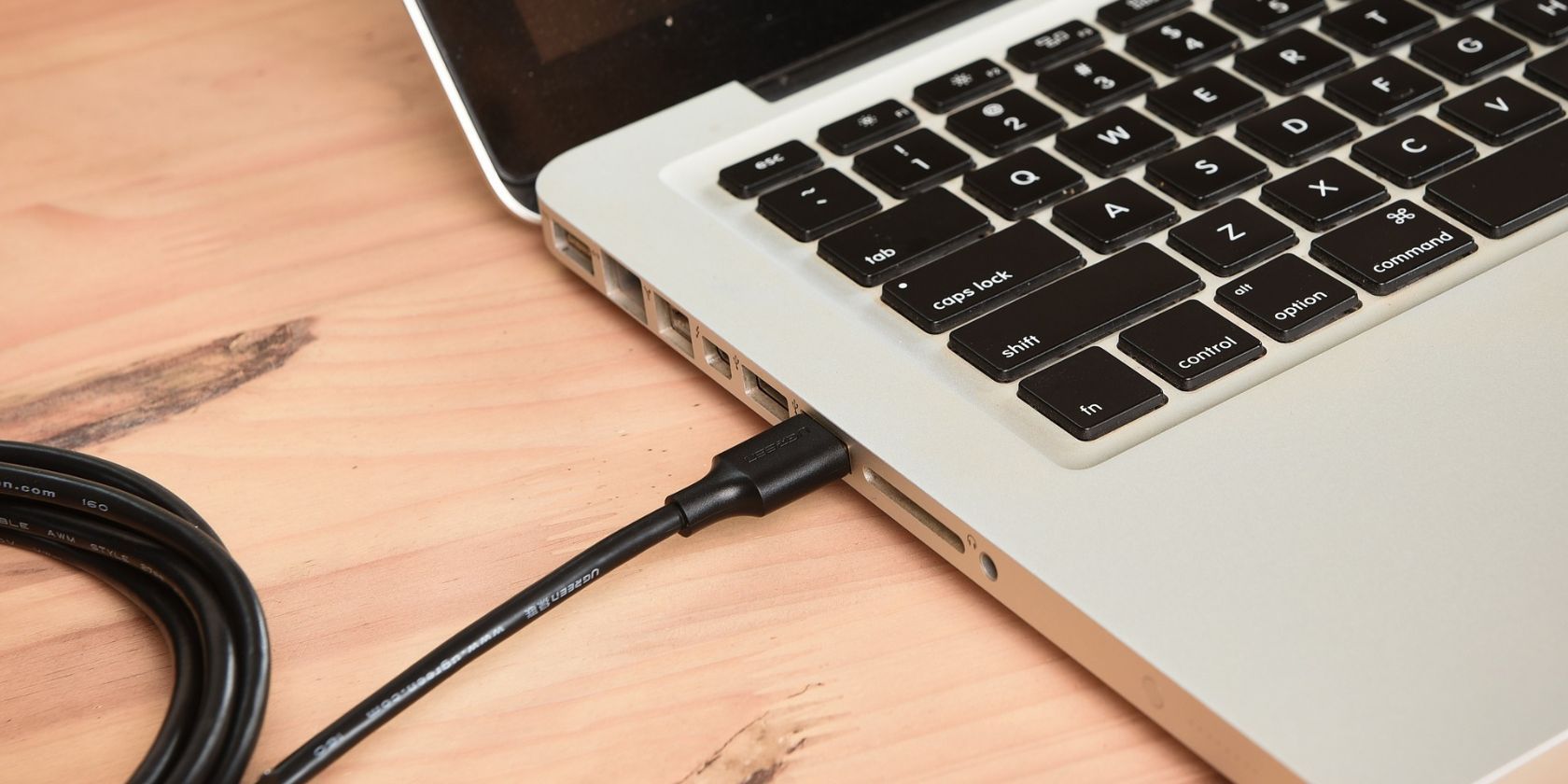
5. Restart Your Devices
Restarting a device clears its memory and reloads the operating system, fixing temporary glitches. Restarting your iPhone is pretty easy; you can do it even if the buttons are broken by going to Settings > General > Shut Down.
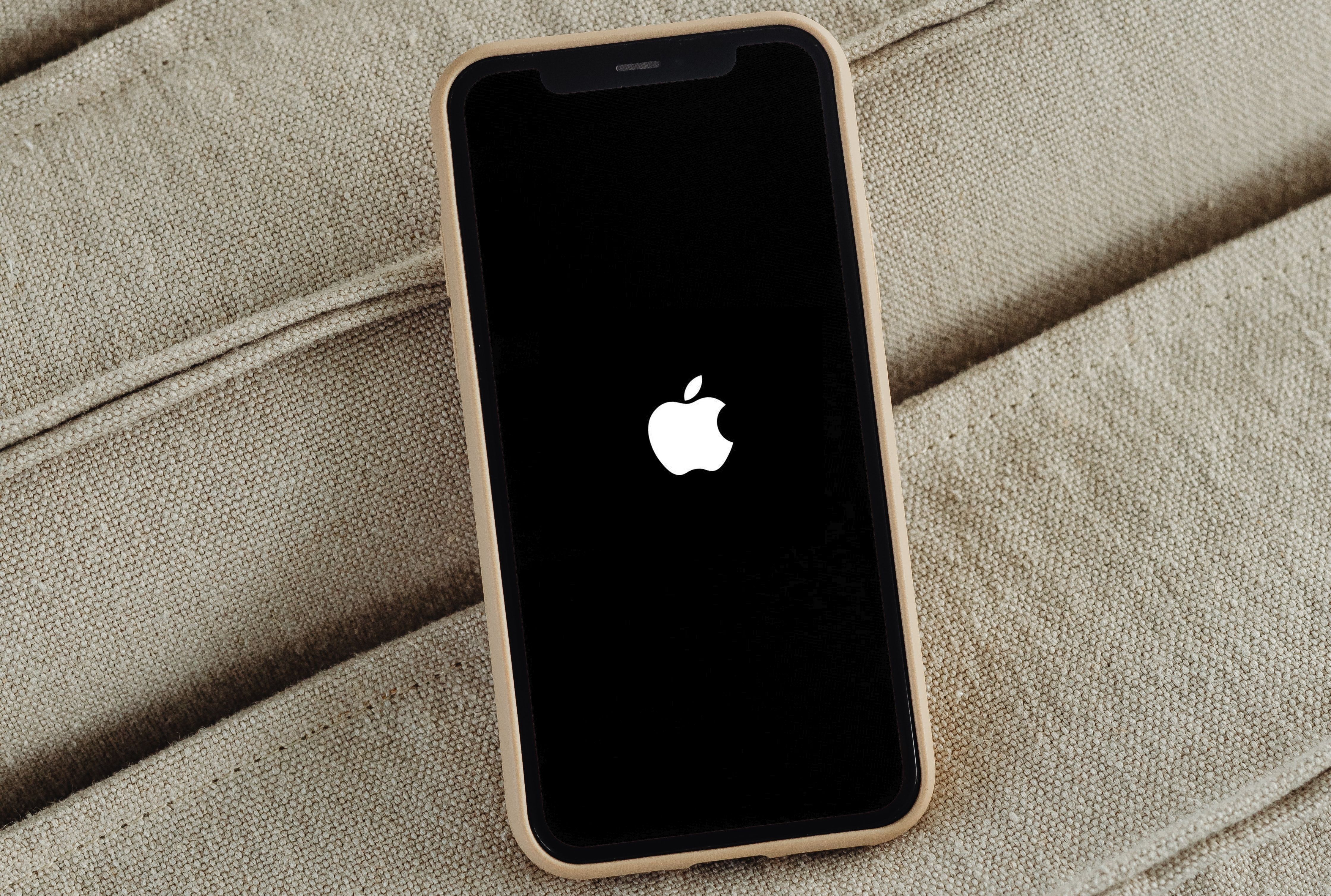
To restart a Windows PC, click Start >Power >Restart. To restart or power down your Mac, click the Apple menu and choose Restart or Shut Down.
6. Update or Reinstall iTunes
If the iOS version on your iPhone is unsupported by your installed iTunes version, then update iTunes on your Windows PC to eliminate bugs and software incompatibility. Click Help > Check for Updates in iTunes to see if there's a new version available.
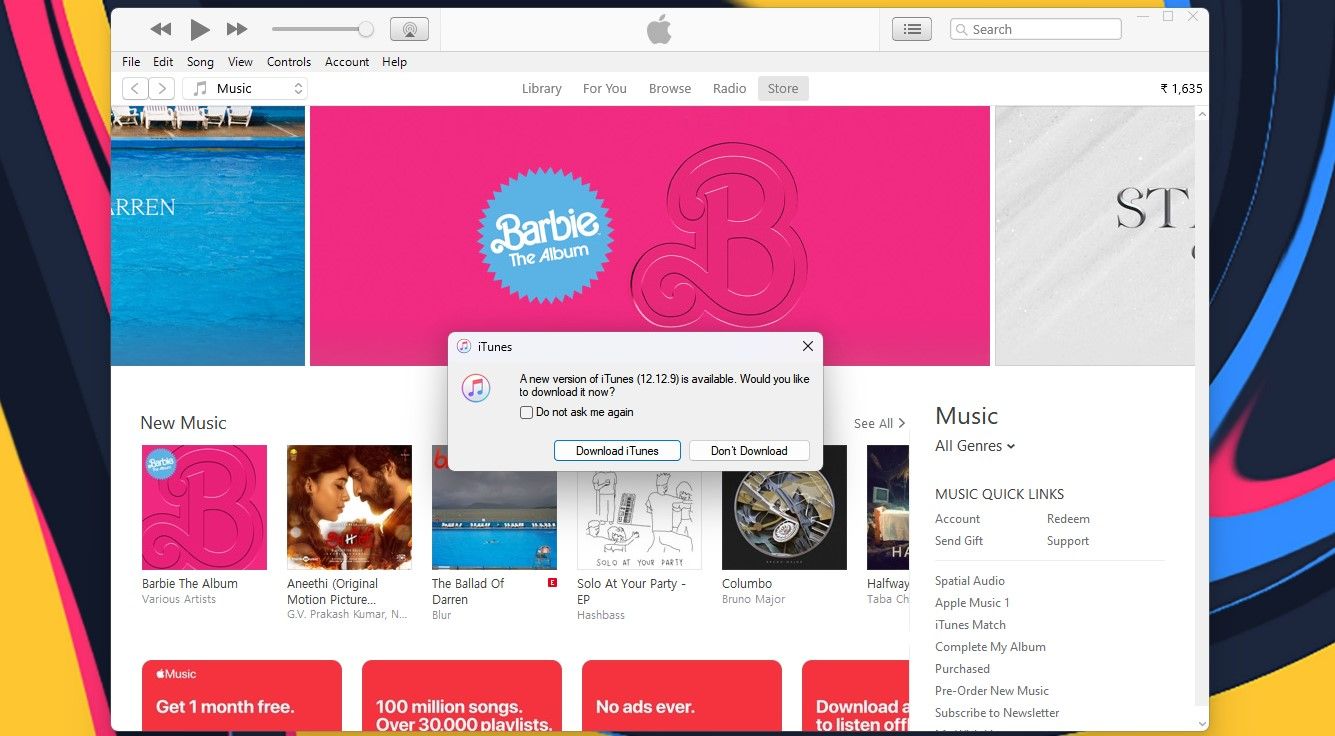
If that doesn't help, uninstall everything related to iTunes, iCloud, and Bonjour in Settings > Apps > Installed Apps, then redownload iTunes from the Microsoft Store or Apple's website.
7. Update Your Computer
Installing all available updates in Start > Settings > Windows Update may squish bugs that could be preventing your iPhone from connecting to your PC.

To update your Mac, click System Settings (macOS Ventura and later) or System Preferences (macOS Monterey and older) in the Apple menu, then choose General > Software Update.
8. Fix Driver Issues on Windows
Drivers are software components responsible for how external devices communicate with Windows. A damaged or outdated driver might prevent iTunes from recognizing your iPhone. You can fix this problem by reinstalling Apple's Mobile Device USB driver.
If You Downloaded iTunes From Apple's Website
Downloading iTunes from Apple's website also gets you Apple's updater which runs at startup. It doesn't ship with the Microsoft Store version of iTunes because the store automatically updates all apps downloaded through it. If you downloaded iTunes from Apple, follow these steps to reinstall the Apple Mobile Device USB driver:
Disconnect your iPhone from the computer. Unlock your iPhone, go to the Home Screen, and plug the device into the computer. If iTunes launches automatically, quit the app. Open a new window in File Explorer. Enter the following location in the address bar at the top of File Explorer, then hit Enter:%ProgramFiles%\Common Files\Apple\Mobile Device Support\DriversRight-click on the usbaapl64.inf or usbaapl.inf file, and choose Install.
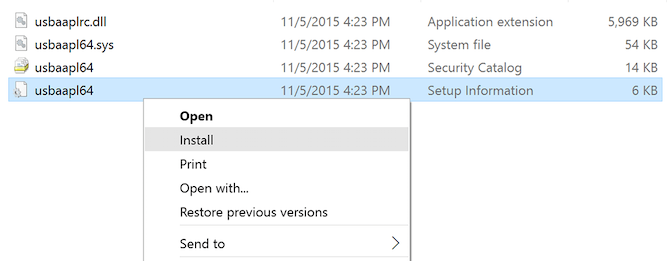 Disconnect your iPhone and restart your computer. Then, reconnect it and open iTunes.
Disconnect your iPhone and restart your computer. Then, reconnect it and open iTunes. If You Downloaded iTunes From the Microsoft Store
On Windows 10 and later, you can install iTunes via the Microsoft Store which makes updates much simpler. If you have the Microsoft Store version of iTunes, follow the instructions below to reinstall the Apple Mobile Device USB driver:
Disconnect your iPhone, unlock it, and reconnect it to the PC, but quit iTunes if it opens. Right-click the Start button and choose Device Manager. Find and expand the Portable Devices section. Right-click on your iPhone, choose Update driver, and select Search automatically for updated driver software. Now go to Settings > Update & Security > Windows Update to confirm that no other updates are pending. Open iTunes and see if your computer recognizes your iPhone.
Now go to Settings > Update & Security > Windows Update to confirm that no other updates are pending. Open iTunes and see if your computer recognizes your iPhone. How to Troubleshoot the Apple Mobile Device USB Driver
If your iPhone doesn't connect to your computer even after following the steps above, you'll need to troubleshoot the Apple Mobile Device USB driver further with these steps:
Right-click on the Start button and choose Device Manager. Find the Universal Serial Bus controllers section and look for the Apple Mobile Device USB Driver. If you don't see the driver, try connecting your iPhone with a different cable or use a different PC to sync your iPhone. If you see the driver, check if third-party security apps are blocking your iPhone from connecting. Disable any antivirus tools and attempt the connection again. After doing this, it's worth reinstalling the usbaapl64.inf or usbaapl.inf file again (as discussed above).
If you see the driver, check if third-party security apps are blocking your iPhone from connecting. Disable any antivirus tools and attempt the connection again. After doing this, it's worth reinstalling the usbaapl64.inf or usbaapl.inf file again (as discussed above). 9. Reset Your iPhone's Network Settings
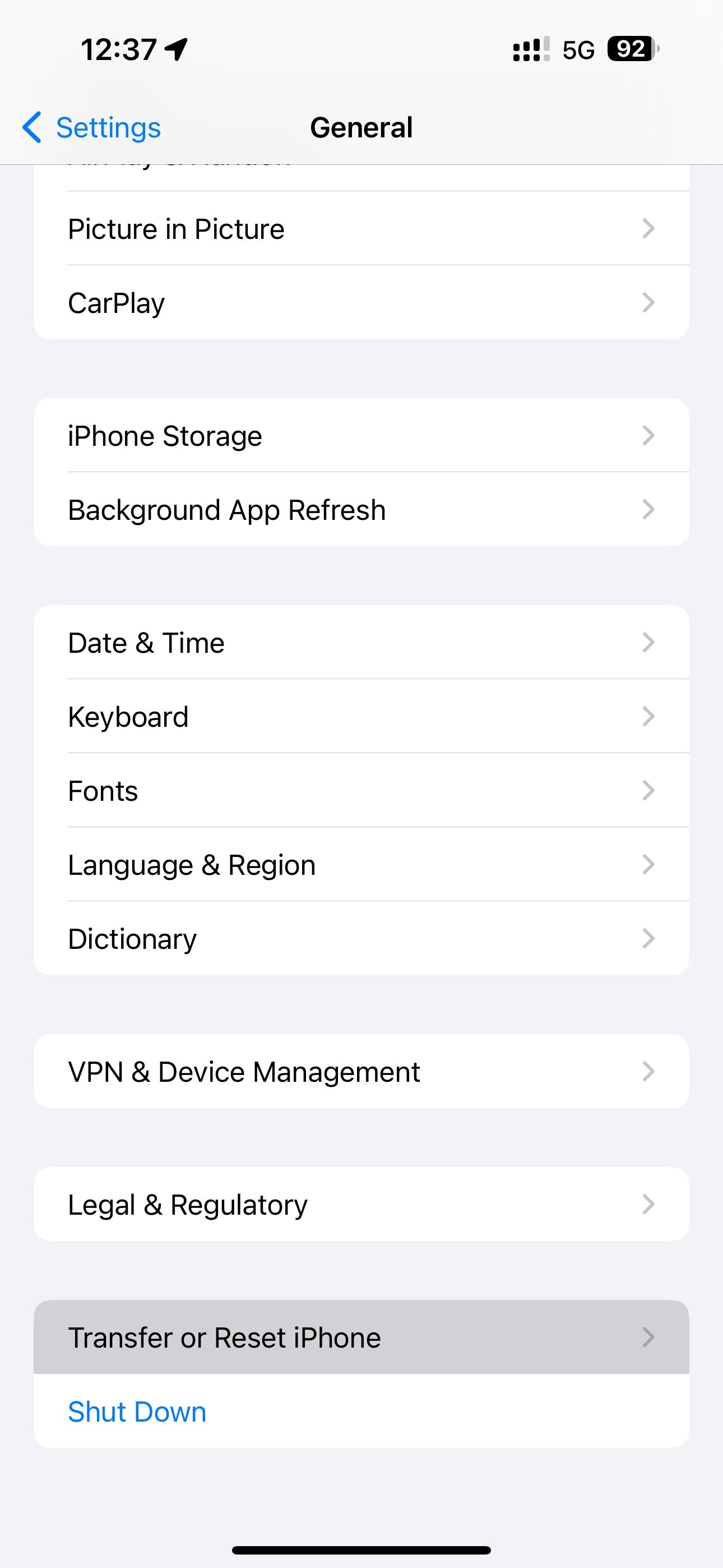
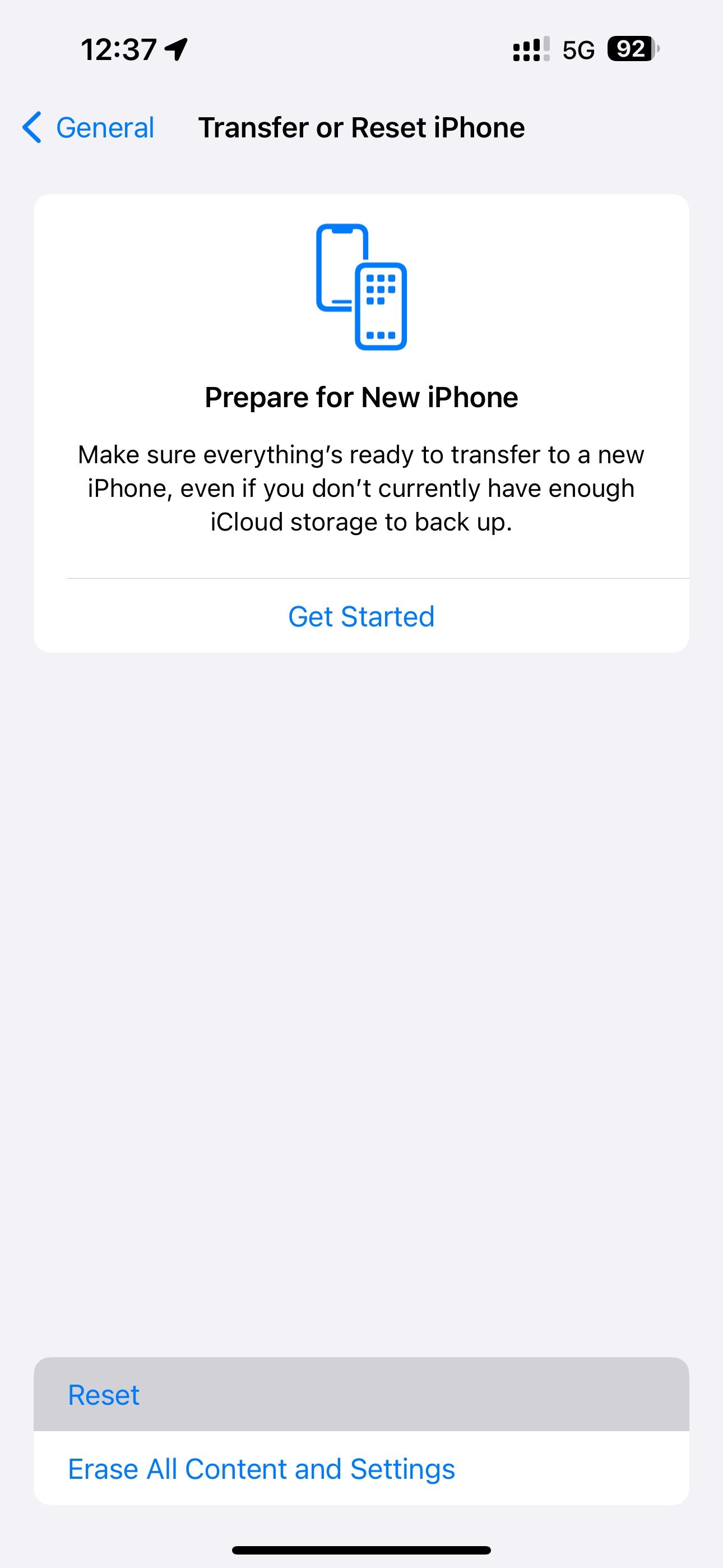
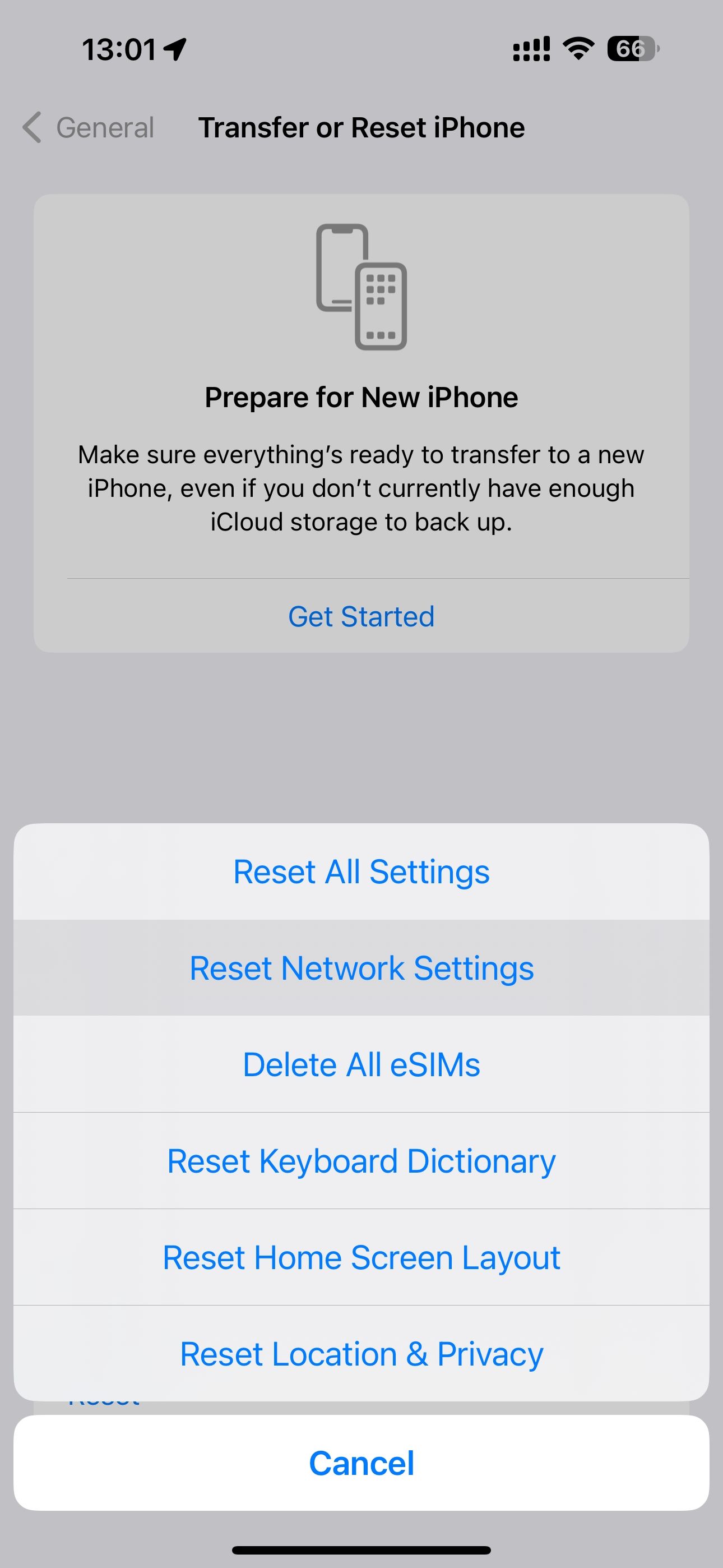
Resetting your iPhone's network settings won't remove apps and data but may fix connection problems between the iPhone and the computer. Go to Settings > General > Transfer & Reset iPhone > Reset > Reset Network Settings and enter your passcode to confirm.
Resetting network settings will forget Wi-Fi networks and restore VPN settings, device name, and trust settings to the factory default values.
10. Reset Your Devices
If nothing above has worked, the last step is to reset your devices. To factory reset your iPhone, go to Settings > General > Transfer or Reset iPhone > Erase All Content and Settings.
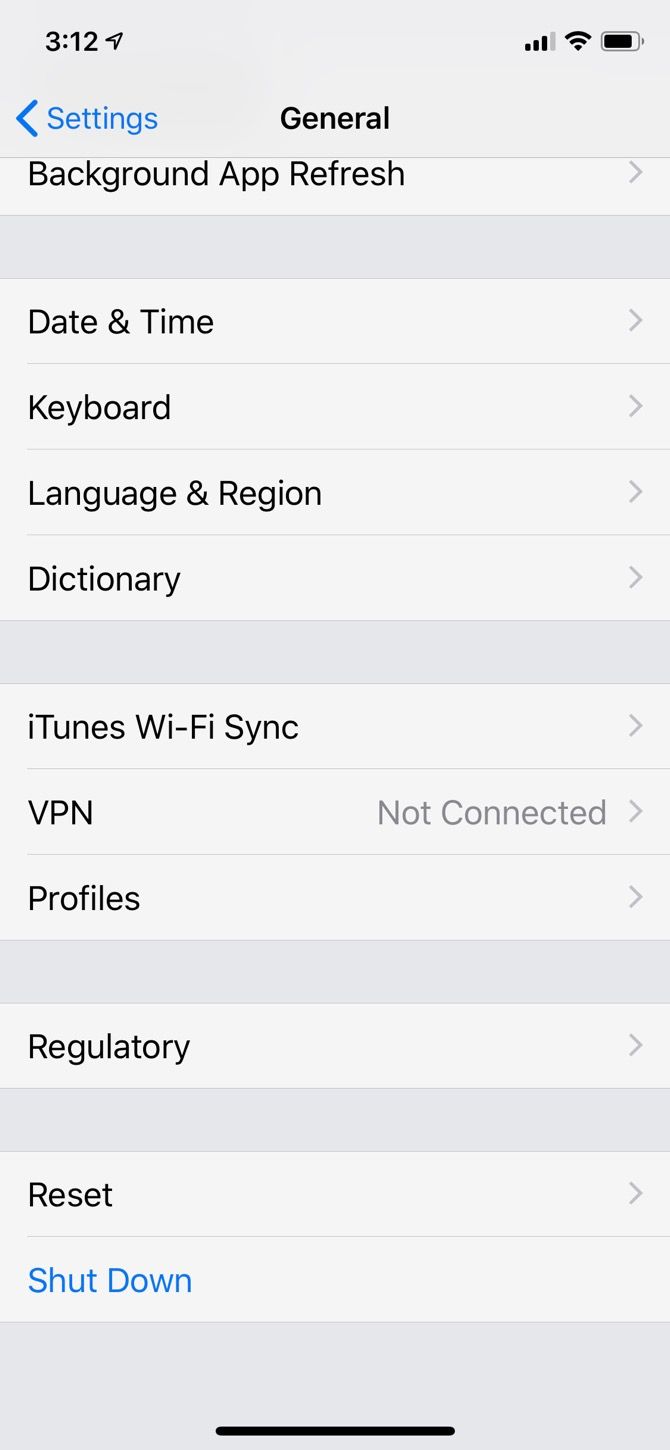
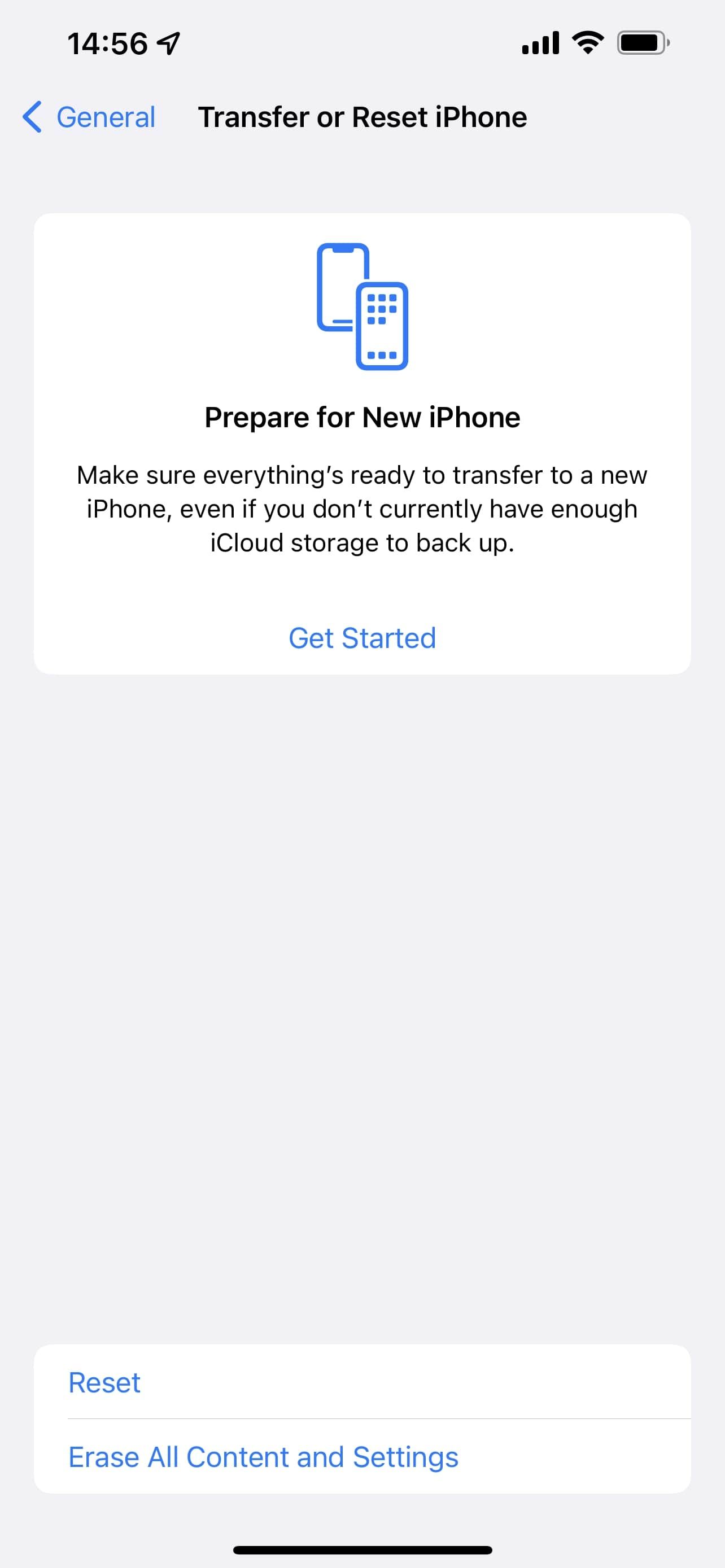
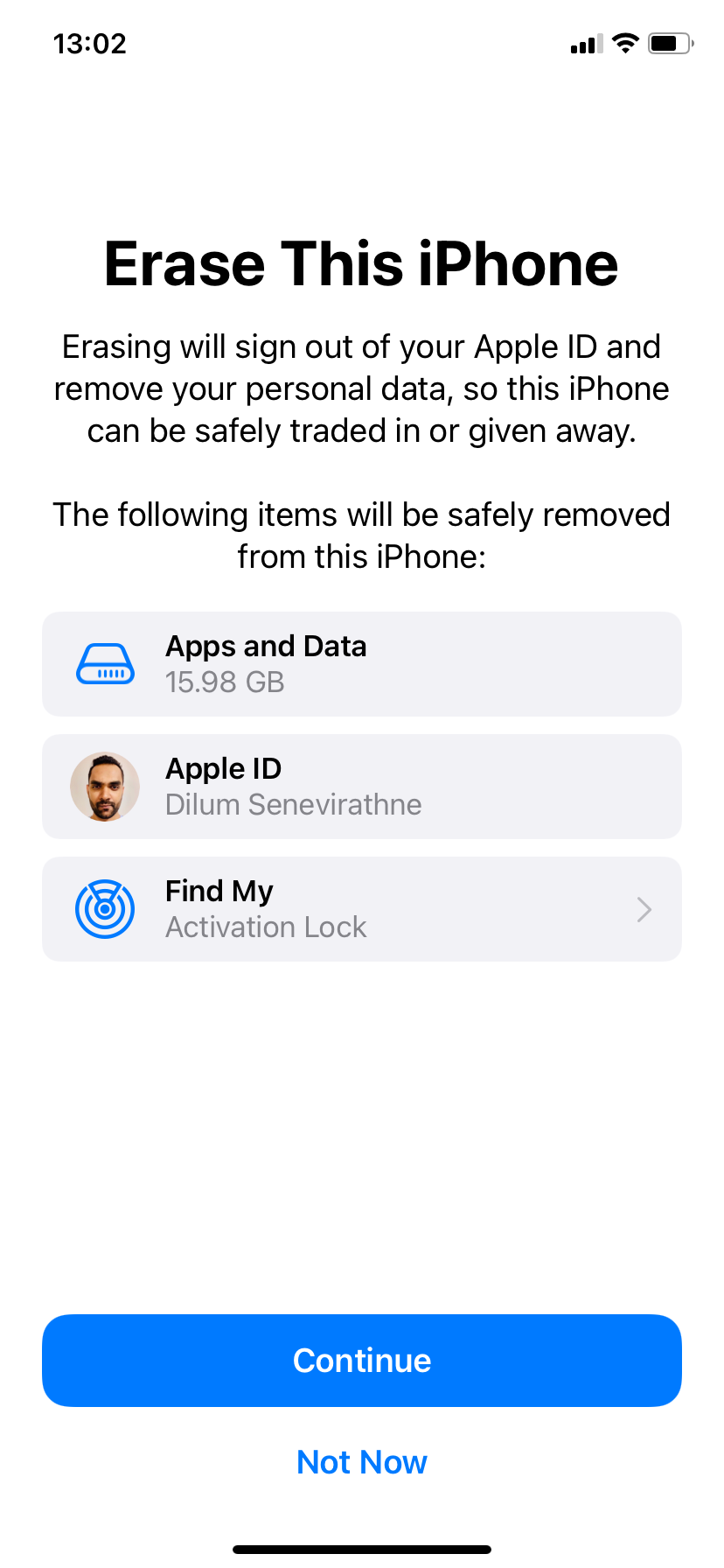
You'll need to enter your device passcode or your Apple ID password to confirm and start the restoration process.
Resetting your iPhone will wipe all settings, apps, media, and data on the device. So, make an iCloud backup before proceeding to avoid losing any data permanently.
Similarly, you can factory reset your Windows PC by venturing into Settings > System > Recovery > Reset this PC. Again, make sure to create a complete backup in Windows before doing this because doing so will erase all the data on your machine.
If you use a Mac instead, you can erase all content and settings in macOS with a few clicks.
11. Try a Different Computer
If all else fails, connect your iPhone to a different computer to see if that makes a difference. In rare cases, your iPhone won't sync with certain Windows configurations, and nothing you do will fix it. Trying a different computer is the easiest way to confirm this.
12. Use an iTunes Alternative
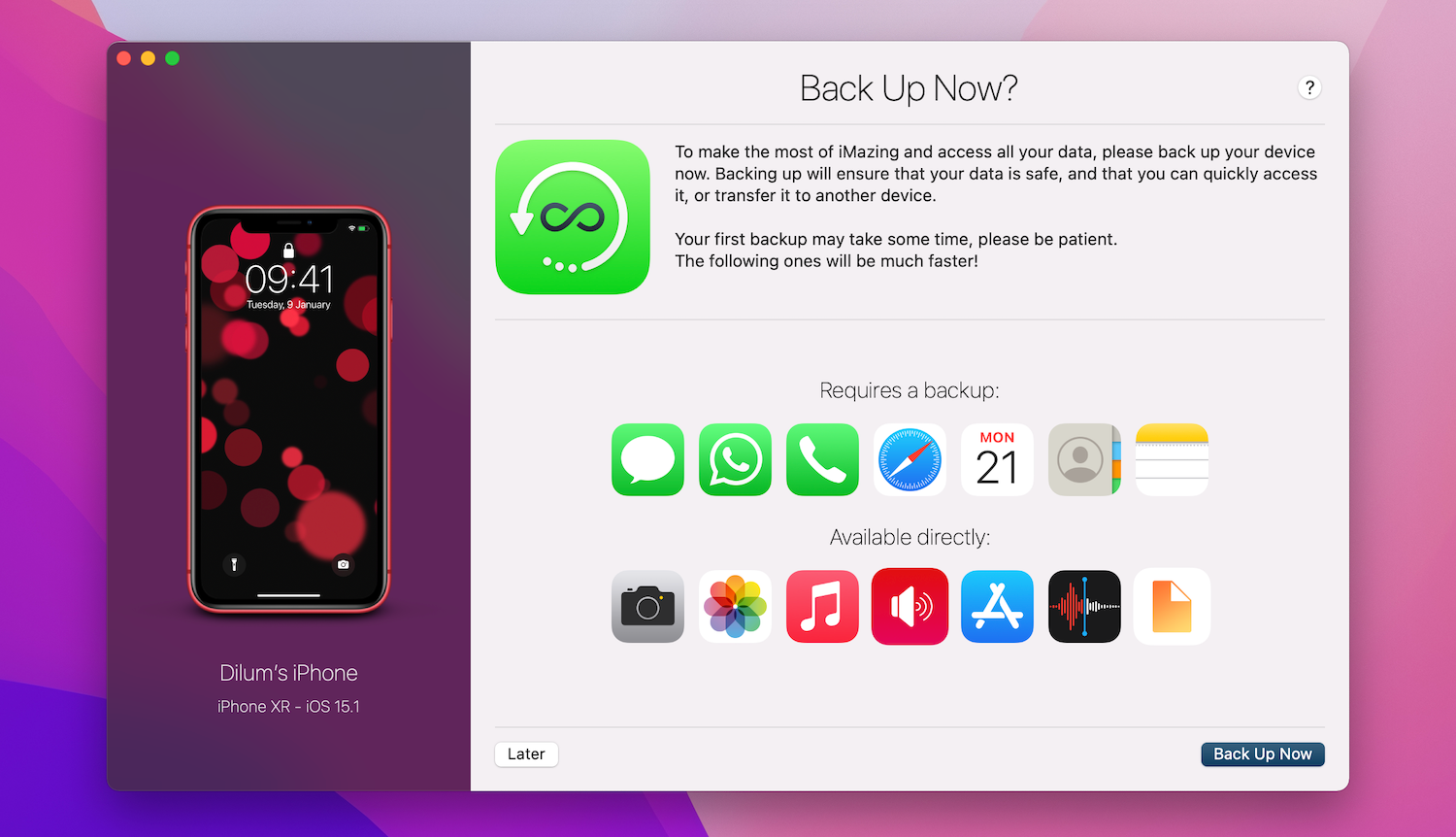
If iTunes or Finder continues to fail to recognize your iPhone, consider a third-party solution. An app like iMazing offers features like two-way sync, one-click backups from any device, selective syncing of individual items such as photos and music, and more.
Download:iMazing (Free, premium version available)
13. Contact Apple Support
If the issue persists, you'll need to contact Apple Support. Use the Apple Support site to talk to a customer care representative and ask for help. They will be able to assist in ways we couldn't, especially if your iPhone's hardware is at fault.
Use Your iPhone and Mac Together
As you can see, there are so many possible reasons why you're unable to connect your iPhone to your computer. But hopefully, the solutions above fixed your issue, and you're back to using your iPhone with your Mac or PC. If not, it's best to get it looked at by an Apple Genius at the nearest Apple Store.
-
 Assetto Corsa EVO Crashing on Windows? Learn This Top GuideAssetto Corsa EVO crashes after starting or running? Don't worry, this is common in the newly released games! This article provides 4 reliable way...Software tutorial Posted on 2025-02-08
Assetto Corsa EVO Crashing on Windows? Learn This Top GuideAssetto Corsa EVO crashes after starting or running? Don't worry, this is common in the newly released games! This article provides 4 reliable way...Software tutorial Posted on 2025-02-08 -
 Encountering Valorant Friends List Not Working? Here’s GuideEncountering the Valorant friends list not working error can be quite frustrating, particularly when you’re eager to team up with your buddies. This i...Software tutorial Posted on 2025-02-07
Encountering Valorant Friends List Not Working? Here’s GuideEncountering the Valorant friends list not working error can be quite frustrating, particularly when you’re eager to team up with your buddies. This i...Software tutorial Posted on 2025-02-07 -
 Nokia Didn’t Think the iPhone’s Touch Keyboard Would Take OffIn an amazing piece of technology history, a Nokia internal presentation from after the iPhone's 2007 unveiling shows what the company was thinkin...Software tutorial Posted on 2025-02-07
Nokia Didn’t Think the iPhone’s Touch Keyboard Would Take OffIn an amazing piece of technology history, a Nokia internal presentation from after the iPhone's 2007 unveiling shows what the company was thinkin...Software tutorial Posted on 2025-02-07 -
 How to Fix SET_OF_INVALID_CONTEXT BSOD Windows 10/11It’s common to encounter blue screen of death errors like SET_OF_INVALID_CONTEXT BSOD on a Windows 10/11. How to get rid of it from your computer. If ...Software tutorial Posted on 2025-02-06
How to Fix SET_OF_INVALID_CONTEXT BSOD Windows 10/11It’s common to encounter blue screen of death errors like SET_OF_INVALID_CONTEXT BSOD on a Windows 10/11. How to get rid of it from your computer. If ...Software tutorial Posted on 2025-02-06 -
 How to Group and Ungroup Objects in PowerPointPowerPoint's grouping feature simplifies presentation design by allowing you to combine multiple objects into a single unit. This tutorial demonst...Software tutorial Posted on 2025-02-06
How to Group and Ungroup Objects in PowerPointPowerPoint's grouping feature simplifies presentation design by allowing you to combine multiple objects into a single unit. This tutorial demonst...Software tutorial Posted on 2025-02-06 -
 The Best iPhone 16 Cases of 2025Protecting your new iPhone 16 is crucial, even if you love its sleek design. A quality case ensures it stays pristine. Here are some top picks to sui...Software tutorial Posted on 2025-02-06
The Best iPhone 16 Cases of 2025Protecting your new iPhone 16 is crucial, even if you love its sleek design. A quality case ensures it stays pristine. Here are some top picks to sui...Software tutorial Posted on 2025-02-06 -
 Windows 11 KB5050094 Rolled out to 24H2, Learn New FeaturesWindows 11 Build 26100.3025 (KB5050094) is now logged into the Release Preview channel! This update brings many improvements to the Windows 11 24H2 ve...Software tutorial Posted on 2025-02-06
Windows 11 KB5050094 Rolled out to 24H2, Learn New FeaturesWindows 11 Build 26100.3025 (KB5050094) is now logged into the Release Preview channel! This update brings many improvements to the Windows 11 24H2 ve...Software tutorial Posted on 2025-02-06 -
 The Definitive Guide for Skyjem Virus & 5 Ways to Remove ItSkyjem is a browser hijacker that redirects search queries to other websites. To prevent further loss, you had better remove it as soon as possible. T...Software tutorial Published on 2025-01-26
The Definitive Guide for Skyjem Virus & 5 Ways to Remove ItSkyjem is a browser hijacker that redirects search queries to other websites. To prevent further loss, you had better remove it as soon as possible. T...Software tutorial Published on 2025-01-26 -
 5 Fixes for WhatsApp Desktop Not Downloading ImagesFix 1: Check Internal Storage If you can’t download images using WhatsApp Desktop, start by checking your internal storage on Mac or Windows PC. On Ma...Software tutorial Published on 2025-01-25
5 Fixes for WhatsApp Desktop Not Downloading ImagesFix 1: Check Internal Storage If you can’t download images using WhatsApp Desktop, start by checking your internal storage on Mac or Windows PC. On Ma...Software tutorial Published on 2025-01-25 -
 EOS-ERR-1603: 4 Useful Methods to Resolve This ErrorSuffering from the Epic Online Services failed to install issue on your device? If you get the EOS-ERR-1603 error while installing EOS, this post from...Software tutorial Published on 2025-01-15
EOS-ERR-1603: 4 Useful Methods to Resolve This ErrorSuffering from the Epic Online Services failed to install issue on your device? If you get the EOS-ERR-1603 error while installing EOS, this post from...Software tutorial Published on 2025-01-15 -
 External Hard Drive Slows Down PC? Fix It Easily Now!If your external hard drive slows down PC, your work efficiency or entertainment experience will be greatly affected. Here this tutorial on MiniTool S...Software tutorial Published on 2024-12-23
External Hard Drive Slows Down PC? Fix It Easily Now!If your external hard drive slows down PC, your work efficiency or entertainment experience will be greatly affected. Here this tutorial on MiniTool S...Software tutorial Published on 2024-12-23 -
 How to Fix Grounded Crashing on PC: Here’s a Full GuideGrounded is among the most well-known survival adventure games. Although the game provides a smooth gaming experience, PC players might face issues su...Software tutorial Published on 2024-12-22
How to Fix Grounded Crashing on PC: Here’s a Full GuideGrounded is among the most well-known survival adventure games. Although the game provides a smooth gaming experience, PC players might face issues su...Software tutorial Published on 2024-12-22 -
 CS2 Unable to Load Module Engine 2? Here’re Some FixesThe Counter-Strike 2 is a popular game played by many gamers. Are you one of them? If you are, sometimes you may encounter some errors such as CS2 una...Software tutorial Published on 2024-12-12
CS2 Unable to Load Module Engine 2? Here’re Some FixesThe Counter-Strike 2 is a popular game played by many gamers. Are you one of them? If you are, sometimes you may encounter some errors such as CS2 una...Software tutorial Published on 2024-12-12 -
 Printer Prints Half Page Documents: 6 Easy FixesRead our disclosure page to find out how can you help MSPoweruser sustain the editorial team Read more ...Software tutorial Published on 2024-11-25
Printer Prints Half Page Documents: 6 Easy FixesRead our disclosure page to find out how can you help MSPoweruser sustain the editorial team Read more ...Software tutorial Published on 2024-11-25 -
 HDMI Port Not Working on Windows 11 - 5 Simple SolutionsRead our disclosure page to find out how can you help MSPoweruser sustain the editorial team Read more ...Software tutorial Published on 2024-11-25
HDMI Port Not Working on Windows 11 - 5 Simple SolutionsRead our disclosure page to find out how can you help MSPoweruser sustain the editorial team Read more ...Software tutorial Published on 2024-11-25
Study Chinese
- 1 How do you say "walk" in Chinese? 走路 Chinese pronunciation, 走路 Chinese learning
- 2 How do you say "take a plane" in Chinese? 坐飞机 Chinese pronunciation, 坐飞机 Chinese learning
- 3 How do you say "take a train" in Chinese? 坐火车 Chinese pronunciation, 坐火车 Chinese learning
- 4 How do you say "take a bus" in Chinese? 坐车 Chinese pronunciation, 坐车 Chinese learning
- 5 How to say drive in Chinese? 开车 Chinese pronunciation, 开车 Chinese learning
- 6 How do you say swimming in Chinese? 游泳 Chinese pronunciation, 游泳 Chinese learning
- 7 How do you say ride a bicycle in Chinese? 骑自行车 Chinese pronunciation, 骑自行车 Chinese learning
- 8 How do you say hello in Chinese? 你好Chinese pronunciation, 你好Chinese learning
- 9 How do you say thank you in Chinese? 谢谢Chinese pronunciation, 谢谢Chinese learning
- 10 How to say goodbye in Chinese? 再见Chinese pronunciation, 再见Chinese learning

























